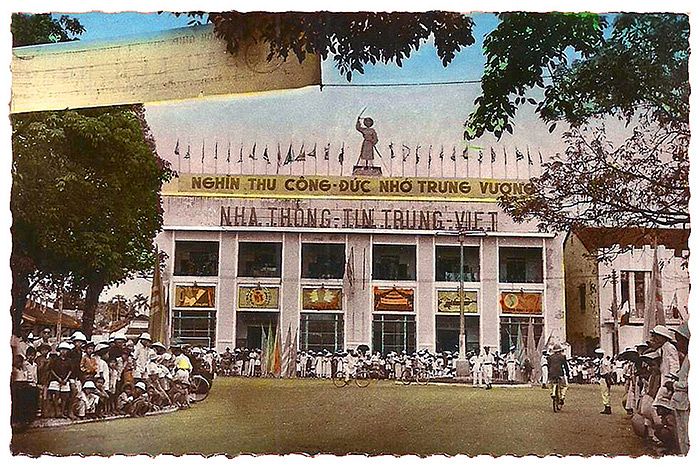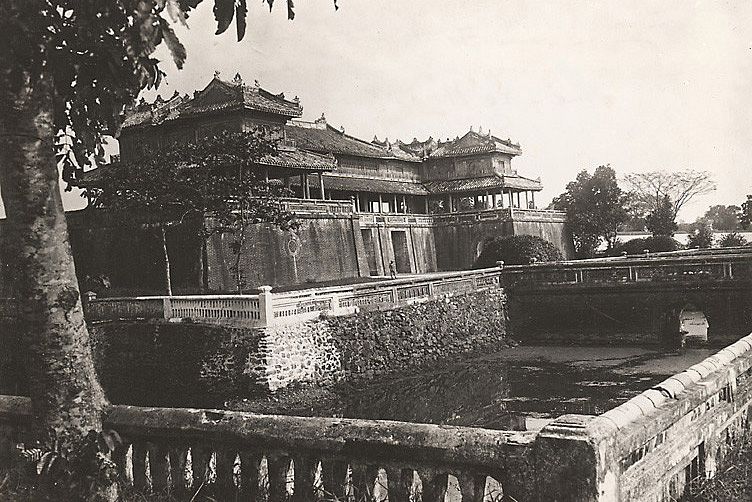Upon its completion in 1902, Hanoi’s Long Bien Bridge was the second-longest of its kind in the world — it was only a few hundred meters shorter than Brooklyn Bridge in New York City.
Before the bridge was built, most goods flowed in and out of Hanoi via the Red River. When Vietnam became a French colony, the European occupiers built the structure as a statement of intent, and it soon grew to be a vital juncture for transporting merchandise throughout Indochina.
During the Vietnam War, the bridge was a major target for American bombs, as it was the only route bringing supplies from across northern Vietnam and Hai Phong to Hanoi. This is also why some sections remain damaged to this day. Yet the bridge is now an iconic landmark in the capital, on par with the Red River itself.
In the following series of pictures, collated by Flickr user manhhai, we see life around the bridge in its early days. In the images, people carried all kinds of goods, such as charcoal and bamboo. Hand-rowed boats flow by while paddle steamers carry passengers across the water. Sampans cluster along the riverside, serving both as a form of transport and, for some, a place to call home.
















































